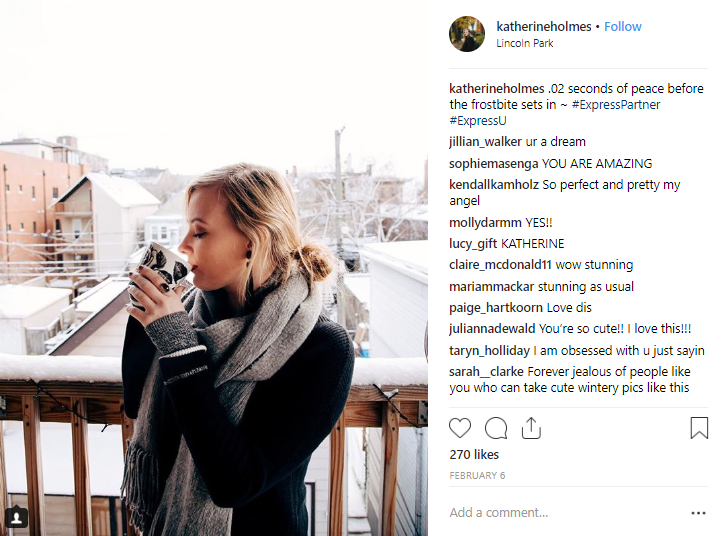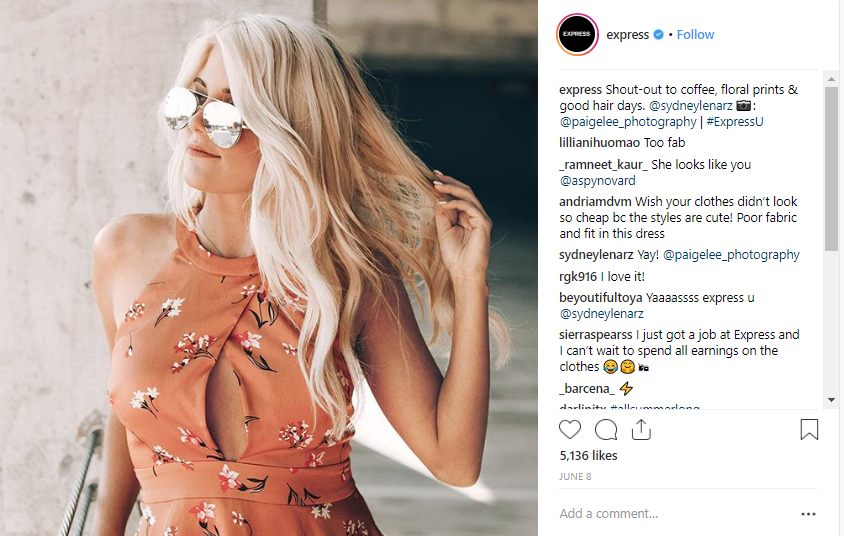5 Ways Your Brand Can Vet Its Collegiate Influencers
People, especially influencers, present their best selves on social media. Their pictures are photoshopped, their captions are thoughtfully crafted, and their aesthetics are carefully developed. But, things aren’t always as they seem! The recent college admission scandal, known as “Operation Varsity Blues,” is proof that what collegiate influencers put out on social media does not always translate to real life.
Each year, more brands are turning to Gen-Z collegiate influencers—like Olivia Jade, who we followed in the “Operation Varsity Blues” scandal—to promote their products through social media marketing and partnerships. And, given the current industry climate, it’s extremely important to thoroughly vet your collegiate influencers.
The following are five ways to evaluate future collegiate influencers to ensure that they’re a great fit for your brand and can effectively engage with your targeted audiences on campus.
1. Seek out on-campus involvement
In order to promote a brand on campus, a collegiate influencer needs to be plugged into their campus community. So, it’s a good idea to look for students who have a variety of involvement across different campus groups.
Ask each student about the leadership roles they hold and what their responsibilities are as a member or leader in each group. Meaningful involvement in on-campus groups can be leveraged for the brand, so make sure you delve deeper into their connections.
2. Look into secondary social media channels
While your brand might only be searching for collegiate influencers to assist with campaigns on a single platform, it’s important not to forget about other social media sites. Your brand should evaluate potential student influencers’ online personas as a whole.
Many students use different channels to express different sides of themselves (ex: Twitter = politics, Instagram = lifestyle, YouTube = beauty). Evaluating each of these channels in close detail is a simple way to ensure that each of your future influencers embodies the values of your brand—on each and every platform. Not to mention, it will help your company to avoid any not-so-happy surprises down the line!
3. Ask them about their studies and career aspirations
Evaluating influencers is much more than exploring their online personas. It’s important to have thoughtful conversations with potential collegiate partners to get to know their personalities.
The best influencers are those who are passionate about what they do. We encourage brands to ask students about their studies and career aspirations. Often times, students interested in social media, marketing, and public relations turn out to be fantastic collegiate influencers.
It’s always a great idea to seek out highly-ambitious students, but be sure to ask them about their course load and schedule. Students with too much on their plates may not be able to devote the necessary amounts of time and energy to your brand’s campaign.
4. Make sure their brand is aligned with yours
Collegiate influencers use their personal brands to promote products and services. Gen-Z has grown up surrounded by influencer marketing, and they can tell when posts feel forced or inauthentic.
To ensure a successful campaign, evaluate potential college influencers’ social media content thoroughly—this includes reading through captions and looking at Instagram stories. Also, look for diversity in your influencers’ content. Great student influencers are well-rounded (i.e. they post a variety of photos that show different aspects of their lives).
Lastly, if you have very specific content requirements for your campaign, make sure your potential student influencers already meet those requirements. It’s unlikely that influencers will change content or posting style drastically for your brand.
5. Take cues from your interactions
If potential influencers don’t sound interested in an interview, then it is highly unlikely that they’ll be able to convey authentic enthusiasm for your brand when it’s time for them to begin posting. So, don’t let content quality blind you. Trust your gut in initial conversations and interactions. You can help someone craft better posts, but you can’t craft excitement.
The takeaways
As brand managers, there are two very important lessons to take away from the “Operation Varsity Blues” scandal. First, social media reality doesn’t always equate to a potential influencer’s real life. And second, it’s important to thoroughly vet each and every individual that represents your brand— including any collegiate influencers.
At YMC, we work with a network of thousands of thoroughly-vetted collegiate influencers across the country, so you can feel confident knowing that we have the right college connections for your brand. Our team carefully reviews each potential hire to ensure they are right for the brand, motivated about the job, and are involved in campus life.
If you’re tackling collegiate influencer recruitment internally, we hope these tips serve as a great starting point for properly evaluating your future collegiate representatives. If you’re still feeling nervous about where to start, YMC can help!
Want to learn more?
Check out a few other articles we’ve written on this topic:






